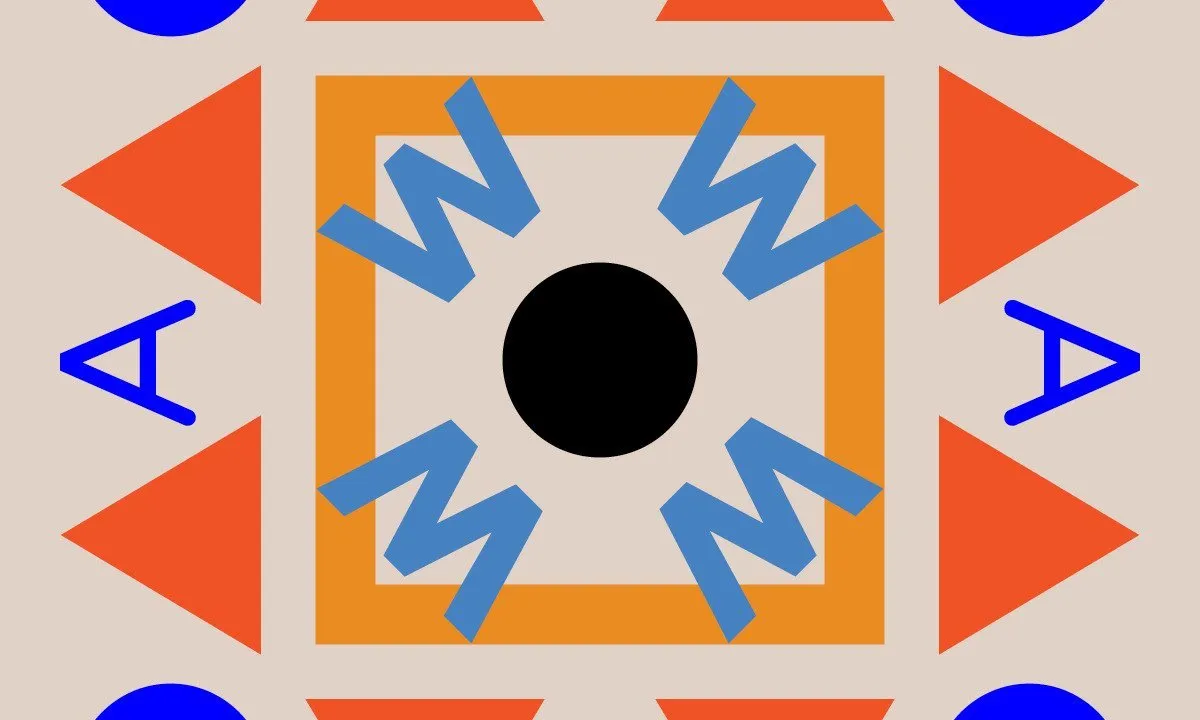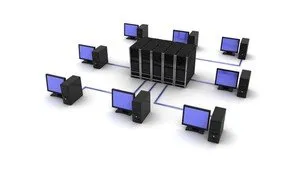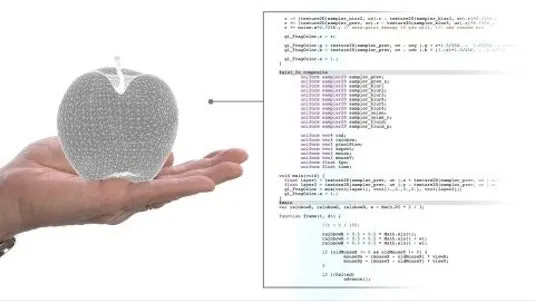
3D Printing Applications 
This course provides an overview of 3D printing applications, from design and manufacturing to retailing and individual use. It covers the special capabilities of 3D printing, such as customization, self-assembly, and complex object printing. Learners will gain an understanding of design thinking and how to use it to develop ideas for 3D printing. Upon completion, learners will have a comprehensive knowledge of 3D printing and its potential. ▼
ADVERTISEMENT
Course Feature
![]() Cost:
Cost:
Free
![]() Provider:
Provider:
Coursera
![]() Certificate:
Certificate:
Paid Certification
![]() Language:
Language:
English
![]() Start Date:
Start Date:
10th Jul, 2023
Course Overview
❗The content presented here is sourced directly from Coursera platform. For comprehensive course details, including enrollment information, simply click on the 'Go to class' link on our website.
Updated in [March 06th, 2023]
This course, 3D Printing Applications, provides learners with an overview of the capabilities of 3D printing and how it is being applied across a number of domains. Learners will gain an understanding of the special capabilities of 3D printing such as customization, self-assembly, and the ability to print complex objects. The course will also demonstrate how individuals, including those in developing countries, are using this technology to create solutions to the problems they face. Additionally, learners will be introduced to design thinking and how to use this framework to develop ideas that can be turned into objects. Upon completion of this course, learners will have a comprehensive understanding of the capabilities of 3D printing and how to think about designing objects for this new technology.
[Applications]
Upon completion of this course, learners can apply their knowledge of 3D printing to develop innovative solutions to problems in their own fields. They can also use the design thinking framework to create objects that can be printed using 3D printing technology. Additionally, learners can use the knowledge gained in this course to explore the potential of 3D printing in their own businesses or organizations.
[Career Paths]
1. 3D Printing Designer: 3D Printing Designers are responsible for creating 3D models and designs for 3D printing applications. They must have a strong understanding of 3D printing technology and be able to use software such as CAD and 3D modeling programs to create designs. This job is becoming increasingly popular as 3D printing technology is becoming more widely used in a variety of industries.
2. 3D Printing Engineer: 3D Printing Engineers are responsible for developing and maintaining 3D printing systems. They must have a strong understanding of 3D printing technology and be able to troubleshoot and repair 3D printers. This job is becoming increasingly important as 3D printing technology is becoming more widely used in a variety of industries.
3. 3D Printing Technician: 3D Printing Technicians are responsible for operating and maintaining 3D printing systems. They must have a strong understanding of 3D printing technology and be able to troubleshoot and repair 3D printers. This job is becoming increasingly important as 3D printing technology is becoming more widely used in a variety of industries.
4. 3D Printing Consultant: 3D Printing Consultants are responsible for providing advice and guidance to businesses and individuals on how to use 3D printing technology. They must have a strong understanding of 3D printing technology and be able to provide advice on how to use 3D printing to create solutions to problems. This job is becoming increasingly important as 3D printing technology is becoming more widely used in a variety of industries.
[Education Paths]
Recommended Degree Paths:
1. Mechanical Engineering: Mechanical engineering is a field of engineering that focuses on the design, development, and production of mechanical systems. With the rise of 3D printing, mechanical engineers are increasingly being called upon to design and develop 3D printed parts and components. This degree path will provide learners with the skills and knowledge needed to design and develop 3D printed parts and components, as well as the ability to understand the capabilities of 3D printing and how to think about designing objects for this new technology.
2. Industrial Design: Industrial design is a field of design that focuses on the development of products and systems. With the rise of 3D printing, industrial designers are increasingly being called upon to design and develop 3D printed products and systems. This degree path will provide learners with the skills and knowledge needed to design and develop 3D printed products and systems, as well as the ability to understand the capabilities of 3D printing and how to think about designing objects for this new technology.
3. Computer Science: Computer science is a field of study that focuses on the design and development of computer systems and software. With the rise of 3D printing, computer scientists are increasingly being called upon to design and develop 3D printing software and systems. This degree path will provide learners with the skills and knowledge needed to design and develop 3D printing software and systems, as well as the ability to understand the capabilities of 3D printing and how to think about designing objects for this new technology.
4. Business Administration: Business administration is a field of study that focuses on the management and operation of businesses. With the rise of 3D printing, business administrators are increasingly being called upon to manage and operate 3D printing businesses. This degree path will provide learners with the skills and knowledge needed to manage and operate 3D printing businesses, as well as the ability to understand the capabilities of 3D printing and how to think about designing objects for this new technology.
Course Syllabus
Course Orientation
You will become familiar with the course, your classmates, and our learning environment. The orientation will also gives you an overview of the entire course.Module 1: 3D Printing – A New Way of Making
In this module, we continue the discussion from the first course with Aric Rindfleisch, and explore further the reasons why 3D printing is considered a paradigm shift and a revolutionary change. We will hear from people working in the field, from academics, venture capitalists, and even lawyers. We will focus mostly on accessible desktop 3D printing but will look at applications across a spectrum of 3D printing technologies.Module 2: 3D Printing – On-Demand Manufacturing
In this module, we will discuss examples of how 3D printing enhances product customization as well as the development of on-demand manufacturing. We will look at how individuals, entrepreneurs, and businesses can leverage the ecosystem to turn ideas into objects. Finally, we will consider the importance of intellectual property issues in 3D printing.Module 3: 3D Printing for Development and Education
In this module, we will consider the role of 3D printing in revolutionizing education and the role it can play in development in underserved communities in both developing and developed countries.Module 4: From Ideas to Objects
The previous three modules have given you an overview of a wide variety of applications of 3D printing. In addition, if you work through the assessments and participate in the discussions, you will see the immense variety of applications shared by your peers. Before you start developing the skills in software and hardware, let's take a look at the process that will help you convert the problems/needs you see around you into potential ideas and, finally, into objects.Course Wrap Up
This brief module contains a course summary, and provides you with the opportunity to share your thoughts about your experience in this course.Pros & Cons

Interesting and enlightening

Develops interest in 3D printing

Helps discover process capabilities

Good overview

Outdated material

Unfair grading system

Too many interviews

Old videos
Course Provider

Provider Coursera's Stats at AZClass
3D Printing Applications provides an overview of 3D printing applications, from design and manufacturing to retail and personal use. It covers special features of 3D printing such as customization, self-assembly and complex object printing. Learners will learn about design thinking and how it can be used to develop ideas for 3D printing. Learners will gain a comprehensive understanding of 3D printing technology, including its capabilities, applications and limitations. They will learn how 3D printing is used in a variety of fields including design, manufacturing and retail and how it can be used to create complex objects. They will also learn about the special capabilities of 3D printing, such as customization, self-assembly and the ability to print complex objects.
Discussion and Reviews
0.0 (Based on 0 reviews)
Explore Similar Online Courses

Brand New Brand

CCNP ROUTE Labs: Learn Routing by Scenarios

Python for Informatics: Exploring Information

Social Network Analysis

Introduction to Systematic Review and Meta-Analysis

The Analytics Edge

DCO042 - Python For Informatics

Causal Diagrams: Draw Your Assumptions Before Your Conclusions

Whole genome sequencing of bacterial genomes - tools and applications

Interactive 3D Graphics

Bioprinting: 3D Printing Body Parts

Introduction to Invitation Design: From First Brief to Final Print
 Related Categories
Related Categories
 Popular Providers
Popular Providers
Quiz
 Submitted Sucessfully
Submitted Sucessfully
1. What is the main purpose of this course?
2. What is one of the special capabilities of 3D printing?
3. What is the expected outcome of this course?


Start your review of 3D Printing Applications